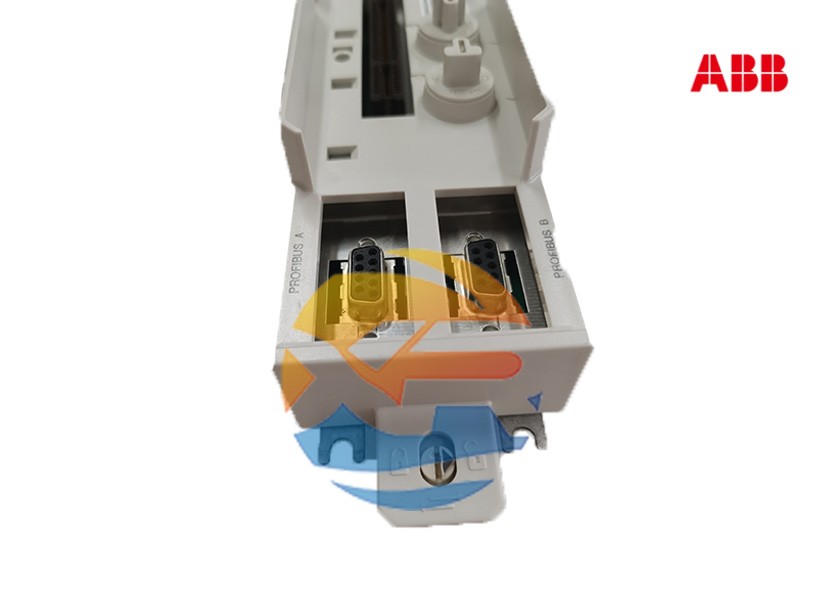
Specifying and deploying the right hardware is crucial for the long-term success of an automation project. The ABB TP854 automation computer is a key node in the System 800xA landscape, but its successful integration requires careful planning. This guide provides a practical, step-by-step overview for system engineers and IT/OT professionals, covering the key considerations for selection, configuration, and integration of the TP854 into a live DCS environment.
Pre-Integration: Defining the Node's Role
The first step is to define the primary function of the TP854 in your system. This will dictate the required hardware specifications and software license.
1. Operator Workplace Node
- Requirements: High-performance graphics card to support multiple high-resolution monitors, sufficient RAM for smooth display rendering, and a fast SSD for quick system boot and application loading.
- Considerations: For critical control rooms, plan for a redundant pair of TP854s.
2. Engineering Station Node
- Requirements: Powerful multi-core CPU and ample RAM to run resource-intensive engineering tools like Control Builder efficiently, especially when working with large applications.
- Considerations: This station requires full engineering client licenses.
3. Application Station (Server) Node
- Requirements: Specifications depend on the application. A history server storing vast amounts of data will require a large, fast SSD, while a connectivity server may need a powerful CPU and multiple network interfaces.
- Considerations: Redundancy is often critical for server nodes to ensure continuous data collection and availability.
Step 1: Selection and Procurement
1. Verify Compatibility
Always check the ABB System Compatibility List for the specific version of System 800xA you are using. This list confirms the exact TP854 model and its supported hardware components (CPU, RAM, etc.) to ensure full compatibility and support.
2. Source from Authorized Channels
Purchase the TP854 from an authorized ABB distributor. This guarantees you receive a genuine product with the correct pre-installed software and a valid warranty. It also ensures access to technical support.
3. Plan for Redundancy
If the node is critical for operations, budget for and procure two identical TP854 units and the necessary redundant software licenses.
Step 2: System Integration and Configuration
Note: Integration should be performed by trained 800xA system engineers.
1. Hardware Installation
- Rack Mounting: The TP854 is designed for standard 19-inch rack mounting. Ensure adequate space and cooling in the cabinet.
- Cabling: Connect network cables to the appropriate plant networks (Control Network, Terminal Bus). Connect monitors, keyboard, and mouse.
2. Software Configuration via System 800xA
The TP854 is not configured in isolation; it is integrated into the 800xA system structure.
- System Configurator: Using the 800xA System Configurator tool on a primary node, the engineer adds the new TP854 to the system.
- Node Definition: The engineer defines the node's role (Operator Station, Engineering Station, etc.) and assigns the corresponding software features (licenses) to it.
- Network Configuration: The IP address and hostname are configured, and the node is integrated into the 800xA domain.
- Redundancy Pairing: If applicable, the two TP854s are configured as a redundant pair. The 800xA system manages the failover process automatically.
3. Application Loading
The necessary 800xA software components (operator client, engineering client, etc.) are automatically deployed to the TP854 from the system's primary nodes.
Step 3: Testing and Commissioning
Before going live, rigorous testing is essential.
- Functionality Test: Log into the TP854 and verify that all assigned functions work correctly. For an operator station, open graphics, acknowledge alarms, and operate faceplates (in simulation mode if possible).
- Performance Test: Ensure graphics load quickly and navigation is smooth, even with multiple applications running.
- Redundancy Failover Test (Critical): This is the most important test for redundant nodes.
- Simulate a failure on the primary TP854 (e.g., disconnect the network cable or power it down).
- Verify that the secondary TP854 automatically becomes the active node within seconds, with no loss of data or functionality for the operator.
- Restore the primary node and confirm it seamlessly re-integrates as the standby unit.
Best Practices for Long-Term Reliability
- Regular Backups: Ensure the 800xA system configuration, which includes the TP854 node definitions, is backed up regularly.
- Patch Management: Follow ABB's guidelines for applying Windows security updates and 800xA patches to maintain system security and stability.
- Spare Parts Strategy: For critical plants, consider having a spare TP854 on hand to minimize downtime in case of a hardware failure.
Conclusion
Integrating the ABB TP854 is a systematic process that aligns hardware selection with software configuration. By carefully defining the node's role, procuring the correct specification, and following a structured integration and testing procedure, system engineers can ensure that the TP854 will deliver years of reliable service as a key component of a high-performance ABB System 800xA.
